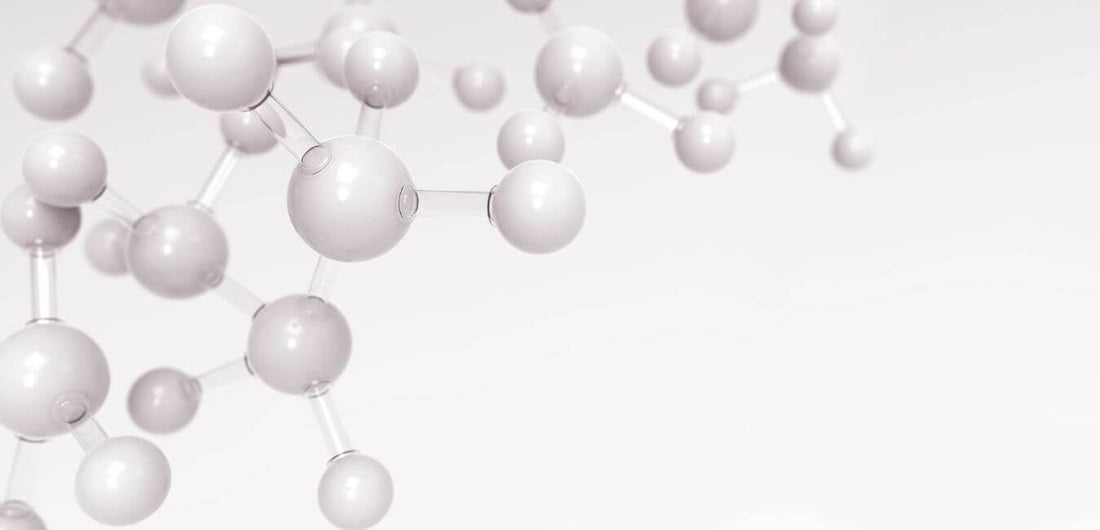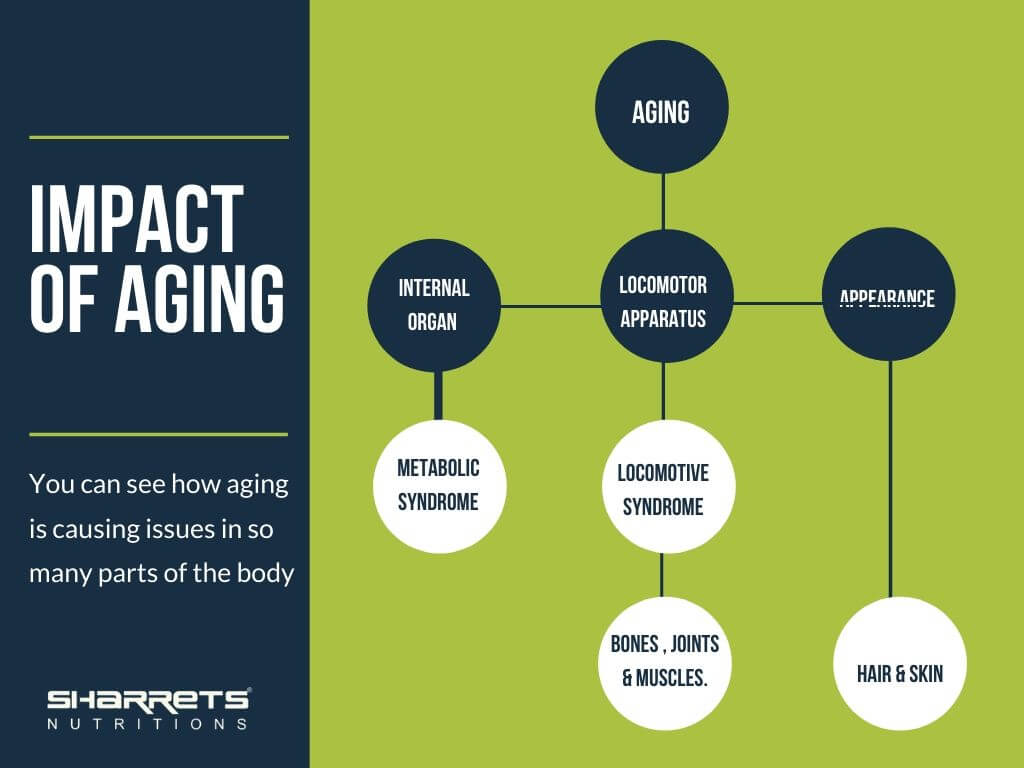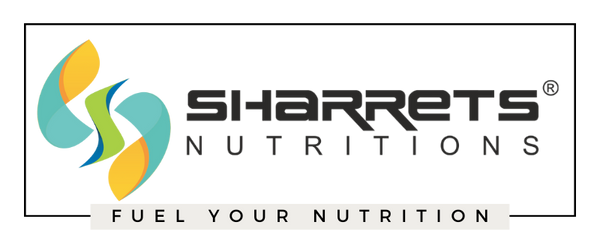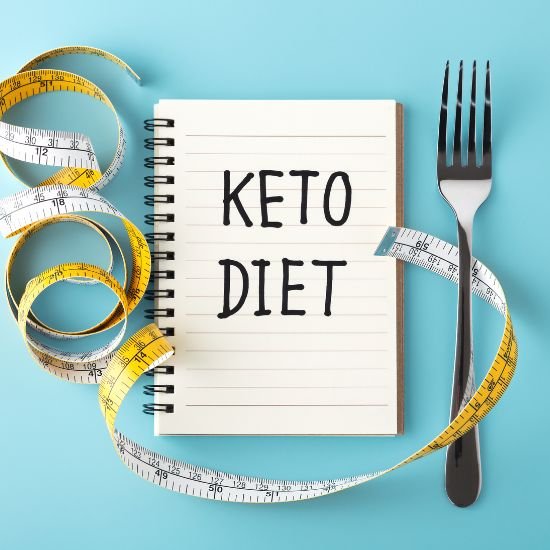
What is Collagen and why is it important for our body ?
Share
Collagen in your body - What is Collagen ?
Collagen is a protein . It is one of the major constituent elements in the makeup of the human body. By weight ratio , the human body is roughly made up of 60% water , 20% proteins , and 15% fats , with the remainder being various minerals . Of the protein content , Collagen accounts for about 30%.
So where in the body is collagen mostly found ? About 40% of Collagen is present in the skin , about 10-20% in bones and cartilage , and the remainder distributed in blood vessels and internal organs. In a nutshell : it plays a foundational role in our body.
Roles of collagen
Collagen plays important roles in connecting cells , supporting them , and creating external extremities. The extracellular matrix is found between cells with collagen as the primary constituent. This matrix protects cells from the extracellular environment . It is found throughout supporting tissues , which act to support and interconnect other tissues within the body . In other words , we can thank collagen for the structural framework of our bodies.
Structure of collagen
Collagen takes the form of a triple-helical structure , in which three chains are wound like coils. Each of these coils is made up of a string of thousands of amino acids connected together , in a form unique to collagen which is characterized by numerous repetitions of a “glycine-X-Y” pattern (where both X and Y represent various amino acids ; each pattern consists of glycine combined with two other amino acids). To further strengthen itself , collagen contains various compounds which link molecules together ; this is called cross linking.
Differences among Collagen , Gelatin & Collagen peptides .
COLLAGEN- Collagen can be obtained in the form of the jellied broth which is produced by cooking and cooling bony parts of a fish or chicken wings in a stock.
While collagen is plentiful in the bones and skin of animals and fish , it can be challenging to consume such a broth on an everyday basis and , anyway , such collagen is not digested or absorbed very well. Typical uses include collagen casings, medical materials, sponges for burns/wounds etc. It’s molecular weight is around 300k – 400k Dalton.

GELATIN- To help improve its digestibility and absorbability , collagen is heated , extracted , and purified to obtain gelatin . This hydrolyzed form of collagen is gelatin .
Gelatin is not highly soluble in cold water , but it is in hot water ; and when it is cooled , it becomes “wobbly” and jelly-like, as you would see in a gelatin dessert.
Because of its gelling, foaming, emulsifying and binding functionalities, gelatin is commonly used in culinary applications, such as candies , gummies, jellies, sauce thickeners etc. Gelatin also has an irreplaceable role in the pharmaceutical industry , such as hard and soft gelatin capsules. It’s molecular weight is around 50k Dalton.

COLLAGEN PEPTIDES- Then , if you enzyme-degrade gelatin very finely to make it even easier to digest and absorb , you arrive at collagen peptide .
Over Ninety Percent of the collagen peptides appear in our bloodstream within a few hours after consumption, and are effectively delivered to their site of action in our body.
 Collagen peptides are bio active. They act as a messenger to the target tissue, influencing its function, such as triggering the synthesis and reorganization of new collagen fibers in skin. Numerous researches have demonstrated collagen peptides’ health benefits in key areas that include joint and bone health , healthy aging, sports nutrition or skin beauty.
Collagen peptides are bio active. They act as a messenger to the target tissue, influencing its function, such as triggering the synthesis and reorganization of new collagen fibers in skin. Numerous researches have demonstrated collagen peptides’ health benefits in key areas that include joint and bone health , healthy aging, sports nutrition or skin beauty.
Amino acid composition of collagen
Because they are all proteins , amino acid composition is identical in Collagen , gelatin and collagen peptides; only the molecular sizes vary . One-third of the whole is glycine, followed by proline , alanine , and hydroxyproline, which is unique to collagen . Because it does not contain amino acids in optimal proportions , it is not exactly a “good” protein from a nutritional perspective. In particular , the lack of tryptophan means that it rates zero on the amino acid score.
COLLAGEN AMINO ACID PROFILE
| Glycine | 337.0 | Leucine | 24.0 |
| Proline | 134.9 | Threonine | 15.5 |
| Alanine | 113.4 | Phenylalanine | 15.1 |
| Hydroxyproline | 88.6 | Isoleucine | 9.9 |
| Glutamic acid | 67.2 | Methionine | 6.5 |
| Arginine | 47.4 | Histidine | 4.9 |
| Aspartic acid | 44.1 | Tyrosine | 3.6 |
| Serine | 32.0 | Hydroxylysine | 3.3 |
| Lysine | 28.5 | Cysteine | 0.0 |
| Valine | 24.1 | Tryptophan | 0.0 |
| Amino acid content per 1,000 residues. |
How is collagen absorbed into the body ?
Formerly, it was believed that all proteins are degraded into separate amino acids in the body. However , unlike other proteins , collagen has been found to have a sizable proportion absorbed in the form of peptides, where several amino acids remain connected and exist in the blood for an extended period. It has also been discovered that two peptides , namely proline-hydroxyproline (P-O) hydroxyproline-glycine (O-G) , particularly have high absorption rates.
Key to absorption : " O "
Unique to collagen , O (hydroxyproline) is an amino acid found in all collagen peptides . Peptides containing O are connected in a particular way that causes them to work against the actions of proteolytic enzymes , enabling them to still be absorbed in the form of peptides.
Where Peptides go ?
In a study to investigate where Collagen peptides would be delivered in the body , P-O, among other collagen peptides , was labelled and then fed to rats. The results confirmed that the peptide was delivered to bones , joints , and the skin . When the researchers examined how far the peptide had penetrated , they found that it had reached to the "cellular level". The findings suggest that in humans , similarly, peptides dissolved in blood are also delivered to cells in various parts of the body , traveling through the bloodstream.
Collagen Peptides issues commands
It used to be assumed that collagen peptides , having been transferred to cells , around the body, "become materials for making collagenous body tissues." However , today's mainstream concept is that collagen peptides send out certain "signals" (commands) to cells and energize them .
While it is not yet clear what those signals actually are or specifically how they work , it is thought that collagen peptides send commands in order to create a better environment for active production of collagens by fibrocytes and chondrocytes , promote growth of hyaluronic acid , which creates resilient tissues , and stimulate cell division . It is postulated that there are openings in the cell membrane , the outermost section of a cell, to enable these commands to enter. It is thought that these commands are received when the peptides have been transferred to the nucleus through a path that lets them in (transporter) and a receiver that enables peptides to react with intracellular substances (receptor).
Staying youthful with collagen peptides
Collagen arrives at a crossroads when you turn 20
Collagen increases as we are growing up and our bone structure and muscles are developing . It peaks at around age 20 . As the cycle of collagen metabolism lengthens due to aging , collagen's "power to support the body from within" dwindles; by the time some problem surfaces in the form of pain , etc., collagen decay has reached a serious level.
Glycation of collagen
Among the known contributors to aging are oxidation and glycation ; the latter has recently been attracting greater attention .
Oxidation is caused by active oxygen , which remains unused in the body after oxygen is taken in through breathing . This forms a sort of "rust", causing damage in lipids, proteins, enzymes , and DNA in cells.
Glycation was discovered through research on diabetes , as a phenomenon in which part of the sugar ingested through our everyday diets reacts with amino acids in protein within the body, causing an increase in aging substances called AGEs attached are robbed of their original functions and are difficult to metabolize. As a kind of protein , collagen becomes old and hard as a result of glycation , and its functions deteriorate.
Fighting aging with Collagen peptides
Oxidation and glycation have much to do with aging of the the entire body . On the outside , we see such symptoms as skin and hair problems, while symptoms of internal organs include hyperglycemia and hyperlipidemia-so-called metabolic syndrome , and bone and joint problems are among the motor organ issues. These functional declines in the locomotor apparatus , namely locomotive syndrome - or as they are often called in Japanese, "lokomo"- are becoming an increasingly larger issue.

If you want to slow the onset of aging effects , one very important step you can take is to reconsider your lifestyle . Oxidation can result from stress , smoking , and nutritional imbalance , while glycation may be associated with an excessive intake of sugar . You may also find it necessary to obtain outside sources of Collagen peptides. in the form of health supplements; collagen peptide is believed to send signals to the cells of bones , joints , skin , and to activate these cells , thereby enhancing metabolism.
To be continued .....
How collagen works on your skin ?How collagen works on your hair and nails ?
How Collagen works on bones?
How collagen works on joints ?
















